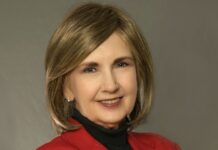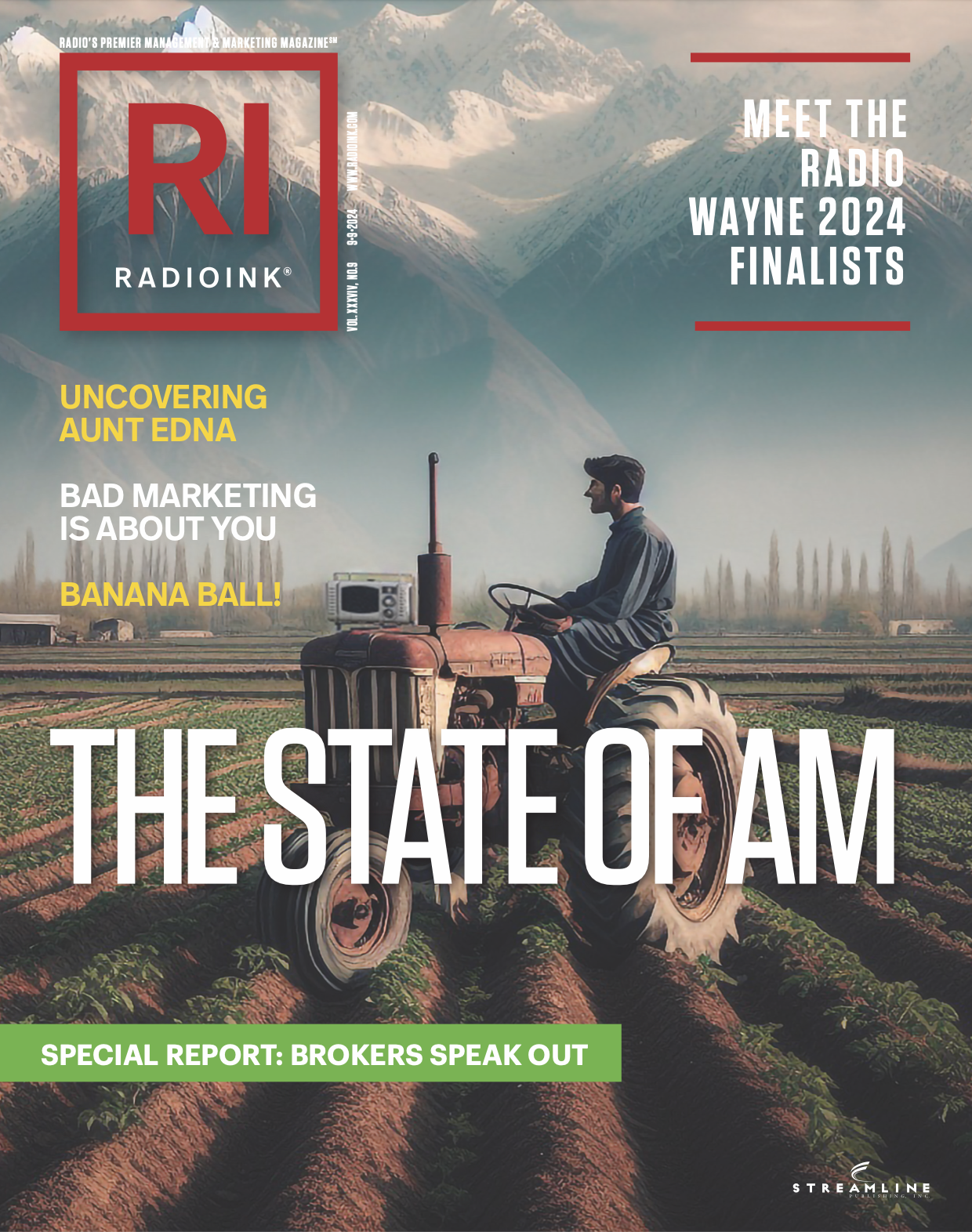
For companies that advertise on radio, there has been a recent push to better represent the multicultural that the medium serves. For those on the fence, new research suggests that diversity in marketing isn’t just socially responsible – it’s fiscally beneficial, too.
A global study conducted by the Unstereotype Alliance, a business initiative arm of UN Women, suggests that inclusive advertising campaigns don’t just resonate with consumers – they boost profits and brand loyalty.
The study, led by researchers from Oxford University’s Saïd Business School in collaboration with corporate giants like Diageo, Unilever, and Kantar, examined 392 brands across 58 countries. Product categories included beauty, personal care, pet food, and alcohol.
To define inclusive advertising, the study used the Gender Unstereotype Metric, developed by the Unstereotype Alliance in partnership with Kantar. While the focus is on male and female characters, the metric doesn’t solely focus on gender. It assesses whether characters are positive role models and captures 65 additional characteristics, such as age and ethnicity.
The Alliance found that inclusive advertising, which avoids stereotypes and authentically portrays diverse people, can lead to a nearly 3.5% increase in short-term sales and a more than 16% boost in long-term growth.
Inclusive ads were found to also lead to stronger brand consideration, give a 62% greater likelihood of being a consumer’s first choice, and grant an 8% increase in product trials. Customer loyalty improves by 15%, and brands benefit from 54% higher pricing power. Additionally, inclusive advertising boosts brand equity, making brands 8.3% more meaningful, 12.1% more distinct, and 9.4% more salient, regardless of product category or location.
Unstereotype Alliance Secretariat Sara Denby said, “The idea that inclusive advertising can commercially damage a business has limited progress for too long. This irrefutable data should reassure any business and encourage brands to renew their commitment to inclusivity, not only to benefit the communities they serve but also to drive growth and financial prosperity.”
This backs up previous research from the Hispanic Marketing Council, revealing that non-Hispanic whites aged 13 to 49 are increasingly influenced by Hispanic, Black, and Asian cultures. This shift is reshaping the radio, audio, and advertising industries as they address a more multicultural audience.
The study reports a 30% increase from 2020 to 2023 in non-Hispanic whites citing “hate & racism” as a top issue and a 26% rise in positive views toward the multicultural majority. These changes indicate a media audience more receptive to diverse perspectives, fostering a more inclusive environment for multicultural advertising.






